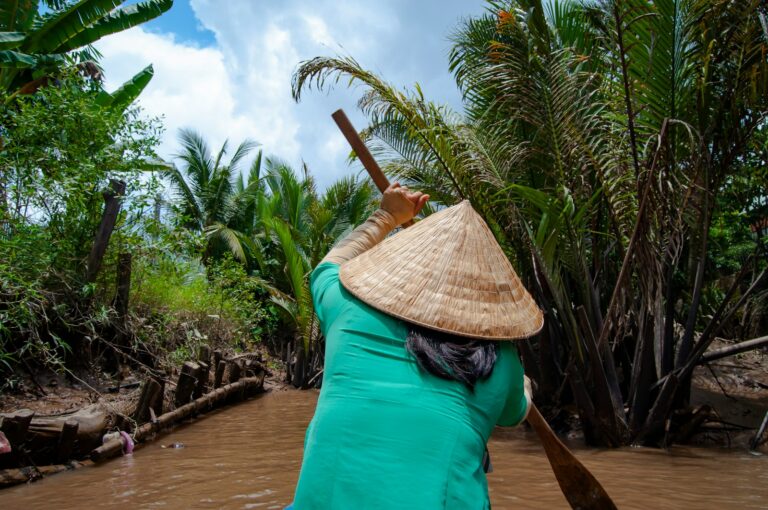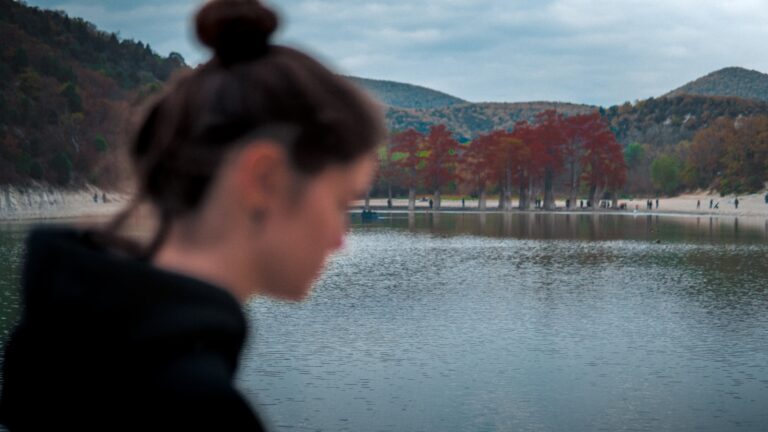A Slow Journey Through Sydney’s Heart: Riding the Ferry Bus
The first thing anyone tells you about Sydney is that you can’t leave without seeing its harbor. It’s one of the most beautiful in the world, they say, a glittering expanse of blue where the city meets the sea. But what they don’t always mention is that the best way to experience it isn’t from a rushed tour bus or a crowded observation deck—it’s from the slow, steady chug of a ferry bus gliding along the Parramatta River.

I almost missed it. When we arrived at Rydalmere Wharf, the ferry had just left, and the next one wouldn’t come for another hour. The wait gave me time to take in the scene: a handful of elderly locals, a few tourists with cameras slung around their necks, and an air of quiet patience. No teenagers, no commuters in a hurry. It was a Friday, so maybe they were all at work or school, or maybe they just preferred something faster.
When the ferry finally arrived, it was nothing fancy—just a sturdy, no-nonsense boat with wide windows and rows of seats. We paid seven dollars each for a ticket that would take us all the way to Circular Quay, passing eighteen stops along the way. The ride would take a little over an hour, the woman at the counter told us, as if that were something to be proud of. And in a way, it was.
As the ferry pulled away from the dock, the city’s edges softened into something wilder. The banks were lined with trees that reminded me of the mangroves back home in Vietnam, the kind that grow along the Saigon River on the way to Vung Tau. For a moment, I could almost imagine we were floating through the Mekong Delta instead of the heart of Sydney.
But then the houses appeared—modern, glass-walled things perched right on the water’s edge. Some were sleek and new, all sharp angles and reflective surfaces. Others were older, their wooden frames weathered by years of salt and sun. Every now and then, one would catch the light just right, its reflection rippling across the river like a half-formed dream.
Further along, the scenery shifted again. The houses gave way to high-rises, then to sprawling villas surrounded by manicured lawns. Australians love their greenery as much as Vietnamese people do, but here, they have the space to let it breathe. Some of the gardens were so lush they could have been plucked straight out of Da Lat, all misty greens and quiet beauty.
Around a bend in the river, we passed a cluster of speedboats anchored in the middle of the water. They were sleek and white, the kind of thing rich tourists rent for afternoon joyrides. For some reason, they made me think of the floating markets back in Can Tho, where wooden boats piled high with fruit bobbed along the river, vendors shouting prices over the noise of the engines.
The comparison didn’t hold up for long. These Sydney boats were too polished, too empty. There were no sunburned women balancing baskets of mangoes, no kids leaping from deck to deck. Just silent, gleaming hulls waiting for their next outing. It was a reminder of how different life was here—where boats were for fun, not for survival.
The thought led me to other rivers, other cities. I’d taken ferries in Bangkok before, packed shoulder-to-shoulder with commuters on the Chao Phraya. There, the boats weren’t a leisurely attraction—they were a necessity, a way to escape the suffocating traffic. The city had built sky trains and tunnels to cope, but the concrete sprawl made everything feel heavier, hotter.
I wondered if Saigon would end up the same way. Back home, the streets were already choked with bikes and cars, the air thick with exhaust. Would we solve the problem with more bridges, more tunnels? Or would we lose something in the process, trading the messy vitality of street life for efficiency?
The ferry’s engine hummed softly as we neared the city center. Then, suddenly, there it was—the Opera House, its white shells rising from the water like something out of a fairy tale. Next to it, the Harbour Bridge arched across the sky, its steel frame gleaming in the sunlight. From here, you could understand why they called it the “Coat Hanger.” It looked like it could stretch on forever.
We passed the Sydney Tower next, its needle-like silhouette piercing the clouds. The ferry slowed as we approached, giving everyone time to snap photos. It didn’t matter if you were a professional or just someone with a phone—the view was so perfect it made even the clumsiest shots look good.
At Darling Harbour, a few passengers got off. Some headed toward the Maritime Museum, others toward the wildlife park. A handful just wandered along the waterfront, pausing to look at the old naval ships docked nearby. One of them, the First Fleet, was a replica of the tall ships that brought the first British settlers—convicts, mostly—to Australia in 1788.
I thought about what that meant as the ferry pulled away. This whole city, this whole country, had been shaped by that journey. It was history you could still see, still touch.
The last stretch of the ride brought us right up to the Opera House. From the water, you could see the texture of its famous shells, the way the light caught on their ribbed surfaces. It was smaller than I’d imagined, but more intricate, more alive.
A voice crackled over the ferry’s loudspeaker, announcing our arrival at Circular Quay. “Please check for your belongings,” it said, polite and automated. “And thank you for traveling with us.”
As we stepped onto the dock, my friend Lam Cuc—who’d lived in Sydney for twenty years—leaned over and said, “You should see it at night. Just take the ferry from Darling Harbour back here. The bridge, the Opera House, Luna Park—all lit up. It’s beautiful.”
I nodded, already imagining it. But for now, this was enough: the slow ride, the quiet river, the way the city had unfolded piece by piece. Some things are better taken in slowly. And Sydney, it turns out, is one of them.




